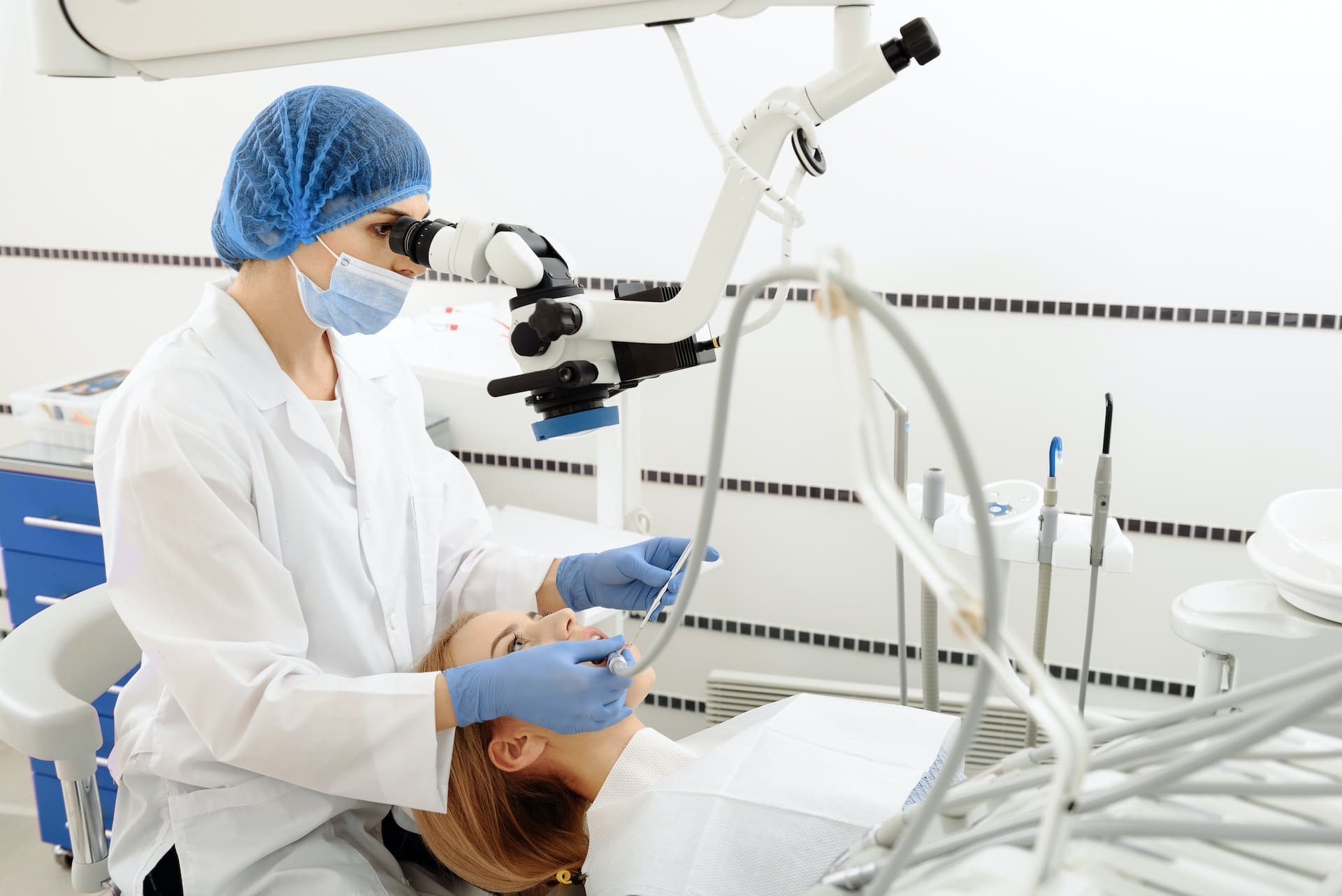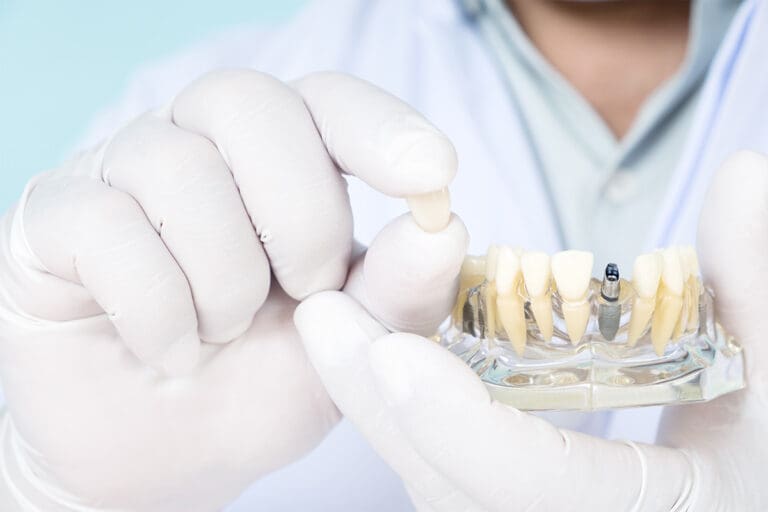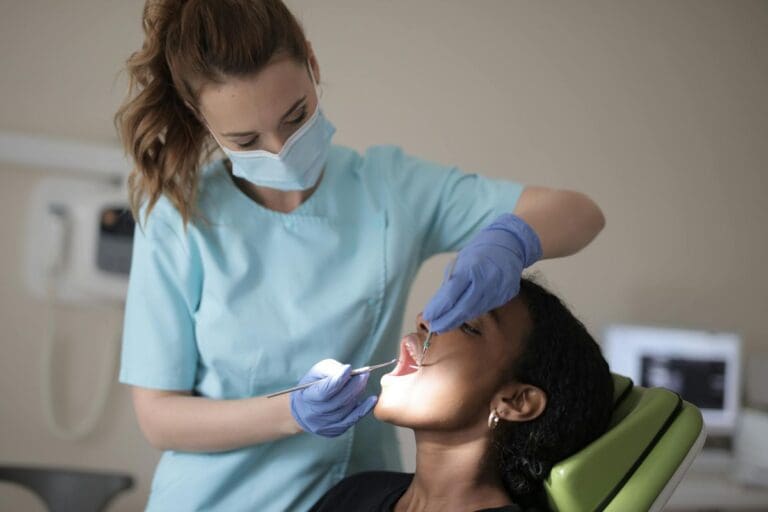Temporomandibular joint disorders (TMD) can cause discomfort, affect daily activities, and impact an individual’s quality of life. At Waban Dental Group, our expert dental professionals recognize the importance of providing patients with comprehensive and informative resources regarding dental services. As the Number One Dental Group in Newton, Massachusetts, and voted Best of Boston by Boston Magazine from 2017-2019, our commitment to patient education and satisfaction is unwavering.
This extensive guide aims to help patients better understand TMD, its causes, symptoms, and the diverse treatment options available for managing and alleviating discomfort. TMD refers to a group of disorders affecting the temporomandibular joints, which connect the lower jaw to the skull, and the surrounding muscles. These disorders can cause pain, difficulty in moving the jaw, and various other challenges that can disrupt everyday life.
In the following sections, we will dive into the intricacies of TMD, such as identifying common causes and symptoms associated with this disorder, and explore the non-invasive and surgical treatment options available for relief. With the appropriate intervention, TMD symptoms can be managed effectively, improving your comfort, jaw function, and overall well-being.
Common Causes and Risk Factors for TMD
TMD arises from various issues affecting the temporomandibular joints, the surrounding muscles, or a combination of both. Common causes and risk factors include:
– Jaw Injury: A direct impact or trauma to the jaw can damage the temporomandibular joints, leading to TMD.
– Bruxism: Habitual teeth grinding and clenching can place excessive stress on the jaw joints and muscles, resulting in TMD symptoms.
– Arthritis: Inflammatory joint diseases, such as osteoarthritis or rheumatoid arthritis, can affect the temporomandibular joints, contributing to TMD.
– Misaligned Teeth or Bite: Malocclusion and improper bite can cause an uneven distribution of pressure on the jaw joints, leading to TMD development.
– Stress: High levels of stress can trigger jaw muscle tension and teeth clenching, which may contribute to TMD.
Identifying TMD Symptoms
TMD symptoms can vary in severity and type, making the disorder challenging to diagnose. Common symptoms include:
– Pain or Tenderness: TMD often causes pain and tenderness in the jaw joint area, the surrounding facial muscles, or even in the neck and shoulders.
– Limited Jaw Movement: TMD sufferers may experience difficulty opening their mouths wide, locking of the jaw, or reduced range of motion in the jaw joints.
– Clicking or Popping Sounds: TMD can result in audible clicking, popping, or grating sounds when opening and closing the mouth or when chewing.
– Earache: Symptoms of TMD can extend to ear pain or discomfort, often accompanied by a feeling of fullness or pressure.
– Headaches: Frequent headaches, particularly in the temple area, can be associated with TMD.
Non-Invasive TMD Treatment Options
Initial treatment for TMD often begins with conservative, non-invasive approaches to alleviate symptoms:
– Oral Appliances: Your dentist may recommend the use of a nightguard or stabilization splint to reduce teeth grinding, clenching, and pressure on the jaw joints.
– Medications: Over-the-counter pain relievers and anti-inflammatory medications can help alleviate pain and inflammation associated with TMD. Prescription medications for muscle relaxation or anxiety may also be beneficial in managing symptoms.
– Physical Therapy: Physical therapy exercises targeting the jaw muscles can improve function, reduce discomfort, and alleviate TMD symptoms.
– Stress Management: Learning stress management techniques and relaxation exercises can help minimize jaw tension and teeth clenching, thereby alleviating TMD symptoms.
– Dietary Modifications: Adopting a soft food diet or avoiding hard, crunchy, or chewy foods can help reduce stress on the jaw joint and provide relief from TMD symptoms.
Surgical TMD Treatment Options
In cases when non-invasive approaches prove insufficient, surgical options may be considered:
– Arthrocentesis: Arthrocentesis is a minimally invasive procedure that involves removing joint fluid and debris from the temporomandibular joint to alleviate pain and improve jaw function.
– Arthroscopy: During an arthroscopic procedure, a small camera is inserted into the temporomandibular joint through a tiny incision to provide a visual aid for the surgeon while repairing damaged joint tissue.
– Open-Joint Surgery: In more severe cases of TMD, open-joint surgery may be recommended to repair or replace the damaged temporomandibular joints. This invasive treatment option is considered when all other avenues have been exhausted.
Ensuring Long-Term TMD Relief
For long-term TMD relief, it is vital to follow your dentist’s recommendations, adopt a stress management regimen, and maintain good oral and overall health. Regular dental check-ups at Waban Dental Group can help monitor your TMD symptoms and ensure prompt intervention if your condition worsens.
Find Relief from TMD with the Right Treatment Plan
Understanding TMD, its causes, symptoms, and the available treatment options is crucial in finding relief and improving your quality of life. At Waban Dental Group, our experienced dental professionals are dedicated to providing exceptional care and personalized treatment plans tailored to your unique needs.
Are you looking for a trusted and experienced dentist in Newton to take care of your dental needs? Look no further than the Waban Dental Group! Our team of experts has been providing exceptional dental care since 1983 and has been voted the Number One Dental Group in Newton, Massachusetts, by the Wicked Local Readers. Contact us today to schedule your appointment and experience our award-winning care for yourself!







